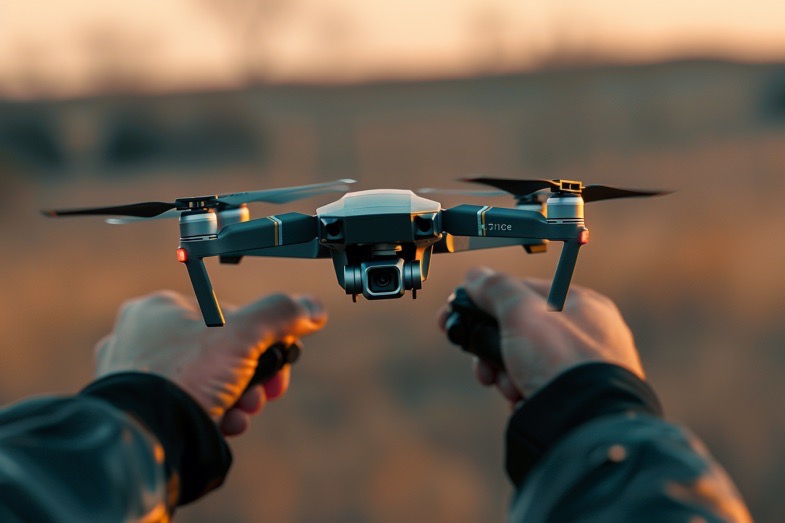China’s Bold Lunar Mission: Chang’e-6 Sets Out to Retrieve Samples from Moon’s Far Side
In a groundbreaking move, China has initiated an uncrewed lunar mission on Friday with the goal of bringing back samples from the far side of the moon for the very first time. This mission, known as Chang’e-6, marks a significant milestone in China’s ambitious space program.
The Chang’e-6 probe, considered China’s most intricate robotic lunar mission to date, was launched on a Long March-5 rocket from the Wenchang Space Launch Center on Hainan island in south China. Enthusiastic space fans gathered at the launch site to witness this historic event, and the country’s National Space Administration confirmed the success of the launch.
This mission signifies the beginning of a crucial journey for China as it strives to establish itself as a dominant space power, with plans to land astronauts on the moon by 2030 and establish a research base on the moon’s south pole.
As more countries, including the United States, recognize the strategic and scientific advantages of expanded lunar exploration, China’s 53-day mission with Chang’e-6 aims to land on a crater on the moon’s far side, which is perpetually hidden from Earth. China previously made history by being the first and only country to land on the moon’s far side during the Chang’e-4 mission in 2019.
Retrieving samples from the moon’s far side could provide valuable insights into the moon’s evolution and the solar system as a whole, while also advancing China’s lunar aspirations.
Ge Ping, deputy director of the China National Space Administration’s Center of Lunar Exploration and Space Engineering, described the Chang’e-6 mission as a pivotal test for China’s space capabilities in realizing President Xi Jinping’s vision of establishing the country as a space power.
China has made significant strides in space exploration in recent years, challenging the traditional dominance of the United States and Russia in the field. The Chang’e program, initiated in 2007 and named after the moon goddess of Chinese mythology, led China to achieve a robotic lunar landing in 2013 after a four-decade hiatus.
The Chang’e-6 mission builds on the success of previous missions, including Chang’e-4’s far side landing in 2019 and Chang’e-5’s return with near-side moon samples in 2020. To communicate with Earth from the moon’s far side, Chang’e-6 relies on the Queqiao-2 satellite launched into lunar orbit in March.
The mission involves an orbiter, lander, ascender, and reentry module, with the plan to collect moon dust and rocks from the South Pole-Aitken basin, a crater formed billions of years ago. This complex mission serves as both scientific exploration and preparation for future manned lunar missions.
China intends to launch additional missions in the Chang’e series, with Chang’e-7 scheduled for 2026 to search for resources on the moon’s south pole, and Chang’e-8 to follow two years later to explore the utilization of lunar materials for building a research base.
With multiple nations intensifying their lunar programs, the race for lunar exploration is heating up, driven by the potential for resource access and deep space exploration. China’s Chang’e-6 mission signals a new chapter in lunar exploration and international collaboration in space exploration.
This mission reflects China’s commitment to peaceful space exploration and international cooperation, as evidenced by the inclusion of scientific instruments and payloads from France, Italy, Pakistan, and the European Space Agency in the Chang’e-6 mission.
As China continues to push the boundaries of space exploration, the world watches with anticipation to see the discoveries and advancements that emerge from the Chang’e-6 mission.



